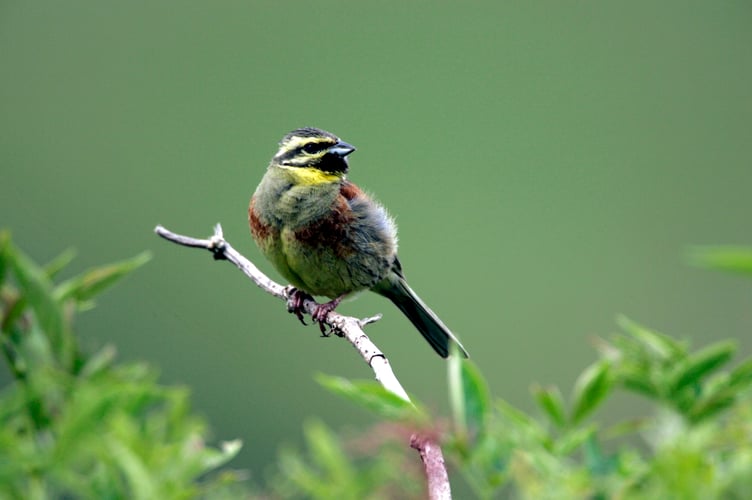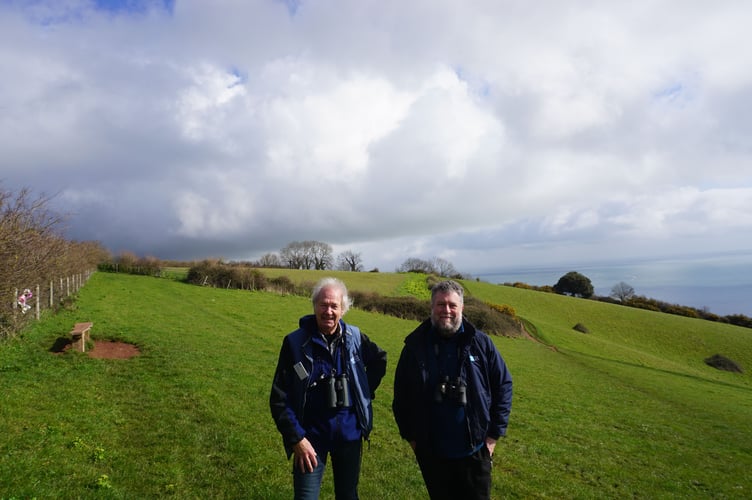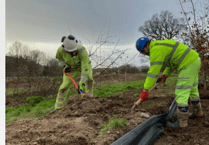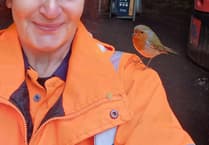THE success of a major project orchestrated by the RSPB in Labrador Bay on Devon’s south coast has shown how agriculture can provide the key to regenerating biodiversity.

80 years ago, cirl buntings were widespread across southern England, but by 1989 they were down to only 118 pairs, mainly confined to Devon. Although the birds depended on Devon’s agricultural landscapes to survive, their numbers were plummeting due to changes in land management.
In 1992, the Countryside Stewardship Scheme launched a cirl bunting ‘special project’ for farmers. Developed under guidance from the RSPB, the scheme helped farmers both financially and logistically to restore the birds’ precious habitats.
‘This bird thrives on mixed farms,’ explained RSPB Communications Manager Tony Whitehead, ‘when you have a mix of arable and livestock. Farming and cirl buntings go hand in hand. The key things that the birds needed were winter stubble and insect-rich meadows, both of which have almost disappeared in new farming systems.’
Once it was understood what was needed, the RSPB worked alongside Peter French of Deane Farm, Shaldon, to produce a haven for the birds while maintaining the productivity of the land. Changes included improving grasslands and hedgerows and refraining from ploughing the barley stubble over the winter.
Peter said: ‘We didn’t realise how endangered they were until it was brought to our attention in 1989. As we learned more, we realised how lucky we were to have one of the last hosting sites for this species.
‘The RSPB’s scheme was a great support in keeping farming operational while benefitting wildlife.

‘We were able to reduce our inputs to the crops, yet keep our farming system similar, making it viable for ourselves while providing a year-round food source for the cirls. It’s been rewarding to see the success of everybody’s collaborative efforts coming together.’
Now, the birds are beginning to thrive again, thanks to the small but pioneering changes made by Deane Farm. By 2016, there were over 1000 pairs with many more farms entering the scheme. It was these successes that encouraged Peter to enter the rest of his 900-acre farm into schemes that followed. Peter said: ‘There’re various corners and steep areas that we were able to put that into the stewardship, which will help to spread cirls across the area and join up with other farmers in the same scheme, so there’s now a much larger area to roam.’
Tony added: ‘The farmers I’ve spoken to up and down the coast are proud of what’s happening here. It’s worth remembering that although the RSPB started this, a lot of the work has been farmers’ efforts. They should be thanked, recognised and used as examples that we can do this stuff.’




